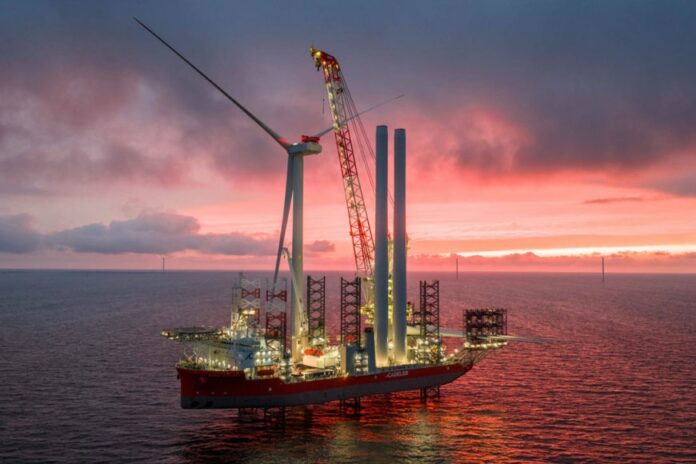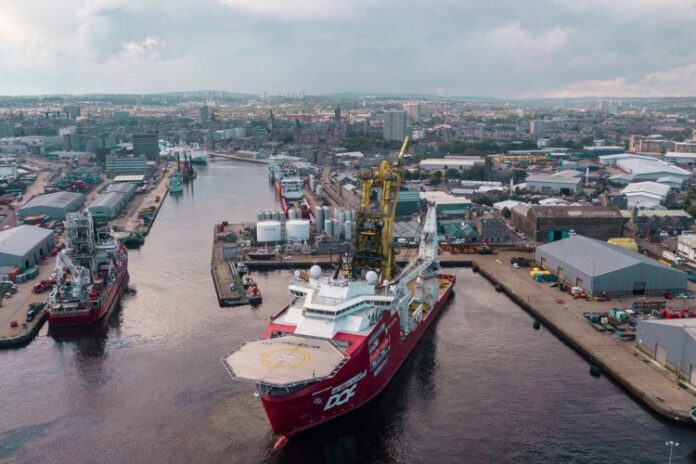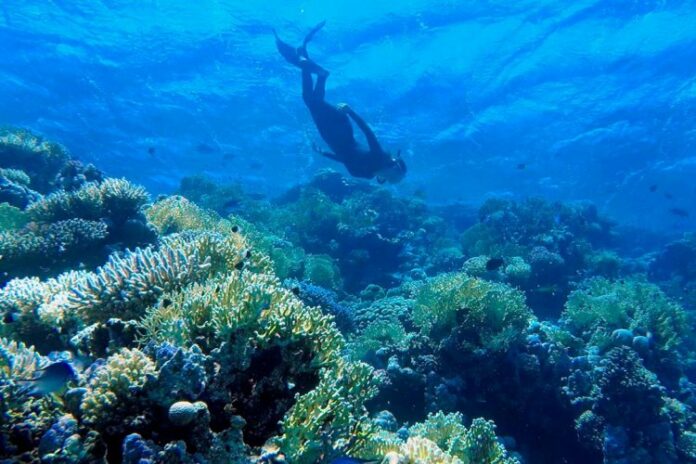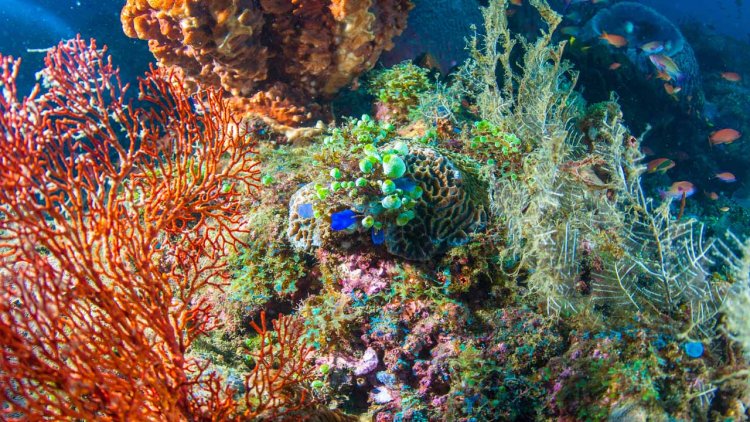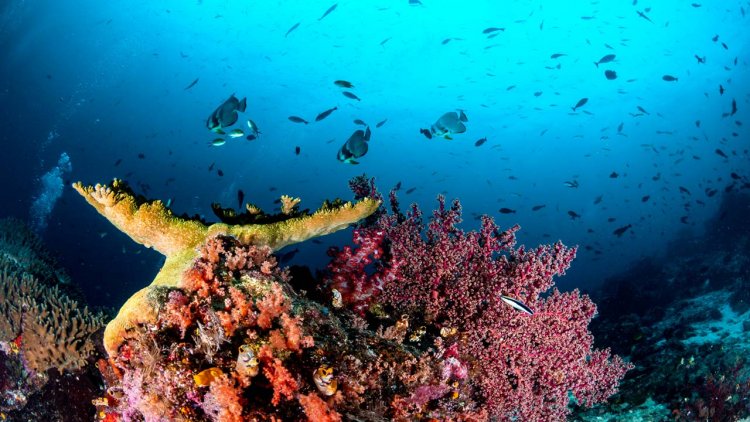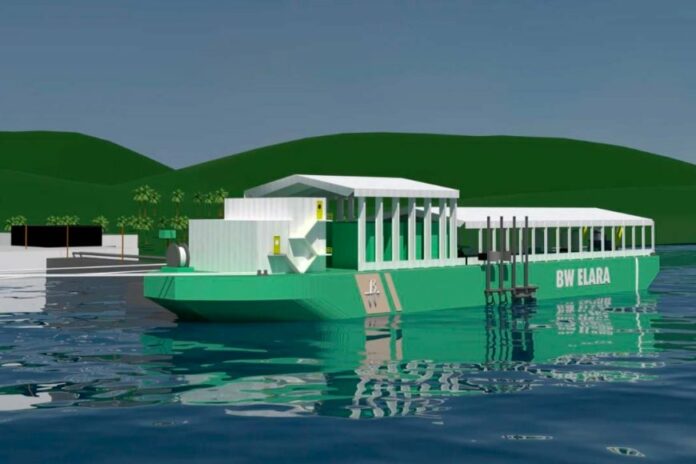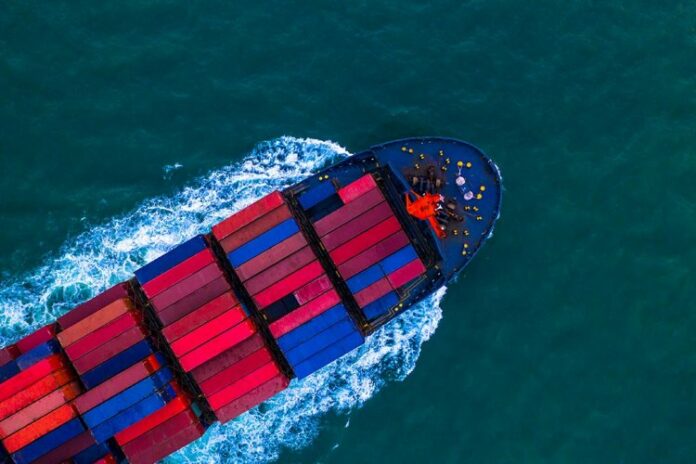Equinor’s investigation identifies venting from the MEG tanks as the main source causing the exposure incidents and that several factors have occurred simultaneously for the events to happen.
Wind conditions caused the gas to descend to ground level, where personnel were working.
“We welcome the clarity provided on what has been a complex matter. The investigation report identifies the underlying causes and outlines the connection between the various incidents and the health issues they resulted in,” says Christina Dreetz, senior vice president onshore plants at Equinor.
During a period of high activity at Hammerfest LNG (HLNG), from summer 2024 to summer 2025, 37 people sought medical attention on four different occasions and nine people were absent from work following the exposure incidents. Some experienced health issues such as headaches, nausea and dizziness, while others noticed nothing. Reactions to vented gas and the associated odour is a cause of the various health issues experienced by personnel, but it is unlikely that the exposure has led to long-term health issues.
The report points to insufficient risk assessment before the project-start up and follow-up as the reason why several incidents occurred during the one-year period.
“We must acknowledge that we should have gone more in depth to identify the causes when the first incidents of exposure occurred at Melkøya last summer. Through measures implemented both during and after the investigation, we now have routines that enable us to manage risk more effectively,” says Dreetz.

Main causes of the incidents
The investigation team identifies venting from the MEG tanks as the main cause of the exposure incidents. The tanks are designed so that the vented gas consists of nitrogen and water vapour.
Changes in the well stream in the MEG tanks or temperature fluctuations, have contributed to changes in the composition of the vented gas. This has resulted in odours and, in some cases, discomfort or illness when venting has occurred at the same time as wind has brought the vented gas down to ground level.
Project activities in area L201 and adjacent areas have led to more people being present in areas where there was previously no activity. Regular sampling of vented gas was not carried out, and the measures implemented after the first exposure incident were not sufficient to prevent recurrence.
Subsequently, several types of measurements have been carried out to map the gas composition and exposure risk in the area.
“The results show that most measurements have generally been low. Measurements of benzene and other volatile organic compounds have been sporadic and short-lived,” says Dreetz.
In addition, the investigation report shows that lack of ownership, communication and follow-up of measures between the Snøhvit Future project and the operations organisation at Hammerfest LNG contributed to the exposure risk not being managed well enough.
Measures implemented with positive effect
HLNG has implemented measures to reduce the risk of exposure and to strengthen safety at the facility.
“The measures initiated have had the desired effect. This includes the installation of a temporary filtration solution, improved monitoring, mapping and sampling of vented gas from the MEG tanks, as well as measurement routines at ground level,” says Dreetz.
In addition, introduction programmes and instructions for everyone working at the facility have been updated to strengthen the shared safety and reporting culture, and a local health office has been established at Melkøya.
The investigation report will be submitted to the Norwegian Ocean Industry Authority, which is also conducting an investigation.






